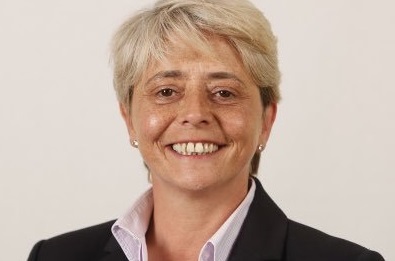
ONE in 16 members of the armed forces are gay or bisexual, the Ministry of Defence has revealed.
Details of the sexuality of defence staff have emerged following the removal of a law which allowed soldiers to be sacked for being homosexual.
The Criminal Justice and Public Order Act 1994 prohibited gay men, lesbians and transgender people from serving in the forces.
However, the legal ban was effectively lifted six years later when the European Court forced defence chiefs to turn a blind eye to homosexuality.
But it was only in January of this year that the 1994 law was finally scrapped.
The MoD has now revealed some 1390 armed service staff have stated they are gay or bisexual.
Gay rights campaigners and politicians have welcomed the figures.
Scottish Conservative MSP Annie Wells, who is herself gay, said: “These are encouraging figures which suggest gay, lesbian and bisexual people in the armed forces feel more able to be open about their sexuality than in the past.
“Our armed forces do a massively important job keeping us safe and who you love simply shouldn’t be an issue as to how you fulfil that task.”
A spokesperson for gay rights group Stonewall said: “Since lifting the ban on being openly gay in the military, the armed forces have continued to demonstrate a commitment to LGBT equality.
“We will continue to stand by their side until all lesbian, gay, bi and trans staff in the forces are accepted without exception.”
Of the 22,860 armed forces staff who stated what their sexuality was, 570 said they were gay men, 530 said they were lesbian and 290 said they were bisexual.
The remaining 21,470 said they were hetereosexual.
However, the MoD said the figures were a “partial picture” as it is not compulsory to record information on sexual orientation and only 11% of staff choose to give this information.
If the snapshot is representative of the 197,000 armed service personnel in the UK it would mean around 11,800 could be gay or bisexual.
The MoD said: “We want the best possible people in the armed forces regardless of gender, ethnicity or background.
“That’s why we are implementing a range of measures designed to encourage a diverse and inclusive workforce.”
Homosexuality was decriminalised in England and Wales in 1967, in Scotland in 1981, and a year later in Northern Ireland.
READ MORE
Armed Forces families ‘badly let down’ over homes
Tributes paid to Scots soldier who died on training exercise in Brecon Beacons

Enjoy the convenience of having The Sunday Post delivered as a digital ePaper straight to your smartphone, tablet or computer.
Subscribe for only £5.49 a month and enjoy all the benefits of the printed paper as a digital replica.
Subscribe